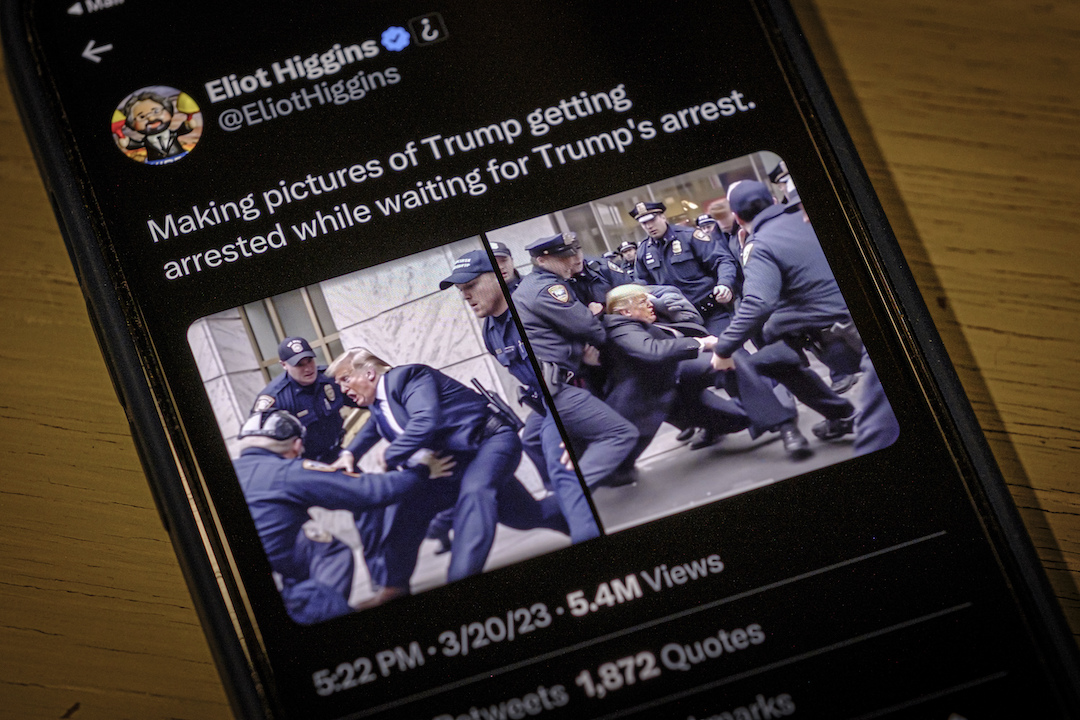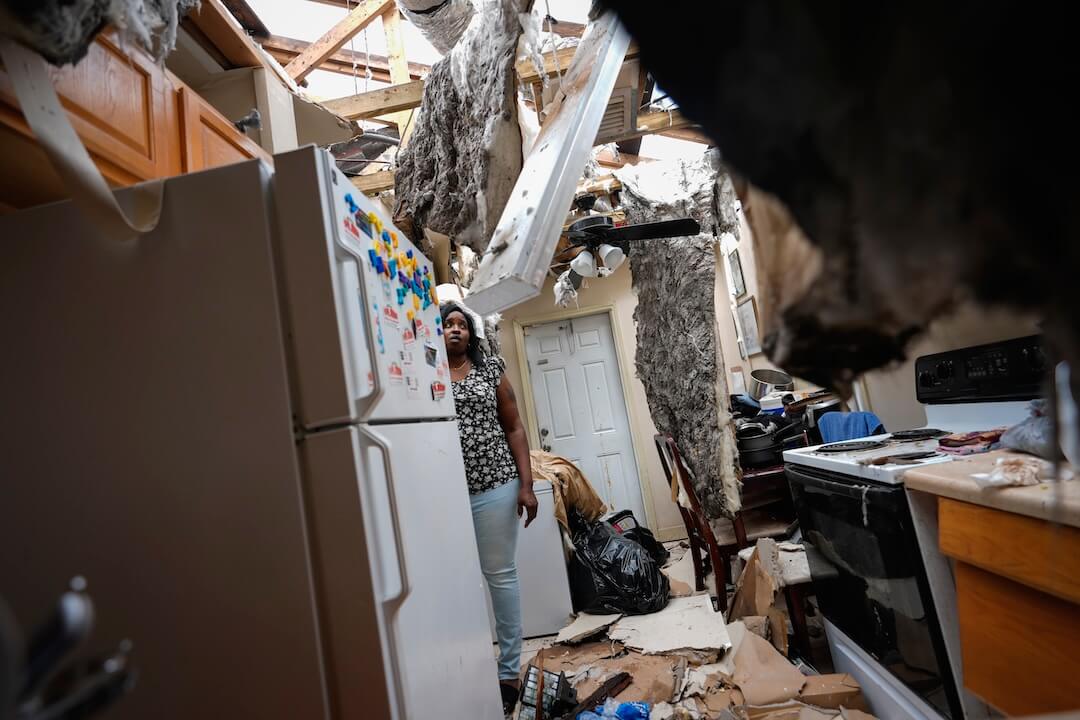How will new media replace old media? The rise of independent journalism startups, combined with the shrinking of mainstream news organizations, provokes the question. And for some media pundits, the question is when – not if.
While that’s a sexy topic in media circles, more attention should be given to the concept of collaboration — not competition — between new and old.
As part of the Ford Foundation-funded program in entrepreneurial journalism at the Poynter Institute, we’re focused on helping journalists start new media operations. But we will also explore how news startups and traditional news companies can work together to the mutual benefit of both. It’s a new area for journalists thinking entrepreneurially, both at startups and at news companies.
Some entrepreneurs are hesitant to hook up, but there are several potential advantages. The big media partner can jump start your startup with instant traffic referrals. The news organization might share advertising revenues in exchange for placement on your site. If you don’t have a sales staff (or sales experience), this is huge. The exposure and credibility you can gain from working with a big media company is probably worth a lot to your startup, if the focus of your business fits a need the big company can’t fill on its own.
To get a sense of what this looks like in real life, I posed a few questions to Ana Acle-Menendez, one of the aspiring and impressive entrepreneurs I met at a Poynter seminar in July. She has partnered with The Miami Herald, her former employer, to develop West Kendall Today, a hyperlocal site focusing on one of the most populous sections of the Miami area.
The Herald approached her in the fall of 2009 with the idea, and the site launched in February 2010. Acle-Menendez was the West Kendall editor when she worked at the newspaper full-time and increased readership in that area. (She left the paper in 2006 to take a magazine editing job, which she later left for personal reasons.)
The West Kendall alliance is part of a larger initiative to partner with independent news publishers that is sponsored by J-Lab. Dubbed the Networked Journalism Project, it includes five newspapers: The Miami Herald, The Seattle Times, The Charlotte Observer, Asheville Citizen-Times and Tuscon Citizen (now online-only).
The one-year project was funded with a grant from the John S. and James L. Knight Foundation, and the funds have supported a liaison at the newspaper and provided small stipends to local partners. (The project has just received funding for a second year.)
Miami appears to have the most aggressive approach, due to the fact that Miami is hosting content and providing sales consulting and materials. The Herald’s corporate parent, McClatchy Co., tweaked its content management system to allow the partners to publish directly into the Herald’s CMS.
Rick Hirsch, managing editor for multimedia at the Herald, said the company has also paid to train the local partners on selling advertising and has hired a consultant to help develop a cookbook for selling hyperlocal advertising.
Acle-Menendez says the newspaper executives ran the numbers in West Kendall and decided they wanted this to be one of the first communities to launch. Since she has lived in the area and covered it for more than a decade, it made sense for her to do it. “The only catch was that I didn’t already have an area newspaper or website, like the other original partners,” she said.
“On a personal level, I want my community covered and I’ve always wanted to be an entrepreneur,” she said. “I had tried another venture on my own when I left the Herald, which is now on hold for West Kendall Today. Success for me would mean putting journalists in the area back to work, in addition to making a comfortable living.”
After informal conversations at Poynter, Acle-Menendez answered some questions via e-mail; below is our exchange.
Mark Briggs: What has the response been like so far?
Ana Acle-Menendez: Our readership is growing and I get a kick out of readers’ comments on a story. Sometimes I’m surprised at which story receives the most comments. I know I have a lot of work ahead of me to get it to the level that I would be proud of.
We launched in February and in July we had 16,000 unique visitors (in June we had 11,000 so at least we’re going up). We get 24,000 to 30,000 page views steadily. I’m told that my community channel is the second highest (in the Miami network), with the first being an organization that got a very large grant and has a staff. I’m solo. I am intentionally growing s-l-o-w-l-y and not racking up expenses because I want to be in this for the long haul.
With business owners, I’ve had a positive response going door to door. When they see how affordable the advertising is, they usually raise their eyebrows and want more information. I’m realizing that many businesses don’t yet know about us, despite our marketing efforts.
I think I’ve received more critical looks from fellow journalists, who haven’t yet accepted the fact that the industry has changed. They want exhaustive coverage, which may not be possible now, or think hyperlocal news is boring, which I disagree with. I think we have enough competition with TV and the Internet on national, state and metro news.
What market are you trying to serve? Why do see this as a good opportunity?
Acle-Menendez: There is currently very little news coverage in West Kendall and it’s a strong market for readers. West Kendall has a lot of people (250,000) and businesses to support it. Many are small business owners, just like me. And I really like what I do.
What is the best part of your partnership with the Herald?
Acle-Menendez: There are many advantages. One, I don’t deal with any technological blunders. They’ve set up a system that makes it easy and fast to post a story and photos. If something isn’t working, I send them an e-mail and they handle it. Two, we share content. If I’m busy selling one day or don’t have new content to post, I will look for a story the Herald has written, assuming it is timely and about something in my area or near it. Three, I don’t have to worry about posting ads I sell. I send the ad department the order, complete with logo, and they post. Last, they drive traffic to the site, especially when they mention it on their main page.
The best part of the partnership for me is that it is nice to have a big brother to turn to for help and information. Having said that, this is still tough to do solo and make sustainable. There are disadvantages, of course, but in my opinion the advantages outnumber those.
What are some disadvantages of your partnership with the Herald?
Acle-Menendez: All the community channels on The Miami Herald’s website look the same, except for the colors at the top and the logos. I can’t design it differently or add a bell/whistle that the others won’t have. But, in terms of creativity, I only have input.
I could, if I wanted, separate my website (which currently points to the Herald’s) and just link to the Herald’s website and customize mine, but that would double my work right now (I’d have to manage the content of two sites) and I’d rather spend my time on the other 1,000 things I need to do (marketing, selling, tracking, etc.).
What advice would you give to other independent news startups considering partnering with a big media brand?
Acle-Menendez: In my case, I trust the two executives who approached me because I had worked with them for years. I knew their character. They also didn’t sugarcoat it, described it as “jumping off the cliff.” I appreciated that honesty.
My advice would be: “Why not?” Give it a go and make your mistakes on the back of a big partner. Just make sure that if the partnership dissolves, you can take what you built and continue — if that’s what you want.
At the recent seminar for new news entrepreneurs at Poynter, one of the recurring questions was whether it was a good idea to partner with big media or better to go it alone. In several cases, “big media” was also the place of former employment for the entrepreneur — so a certain, shall we say, bias was involved. It’s understandable, of course. If you were laid off or forced to take a buyout from a newspaper, the last thing you want to add to your new business plan is a “win-win partnership” with the very people who spurned you.
It’s important to remember: This is business, not personal. The people who laid you off probably didn’t want to, but had no choice because of a corporate mandate. And all personal feelings aside, when you are starting a business, you need to focus on what’s best for that business, regardless of past personal issues.
It’s still too early to tell if West Kendall Today, partnership with The Miami Herald, will work for both parties. It’s also too early to tell if the other partnerships the Herald has launched, or the other newspapers that J-Lab has helped, will flourish. In all cases, though, it appears to be a smart experiment.
“I’ve been in this community long enough to know that, when The Herald pulls out of a community, there is room for another news business to grow there; I’ve seen the economic cycles over the years,” Acle-Menendez says. “With this partnership, the Herald is a collaborator, not a competitor.”





